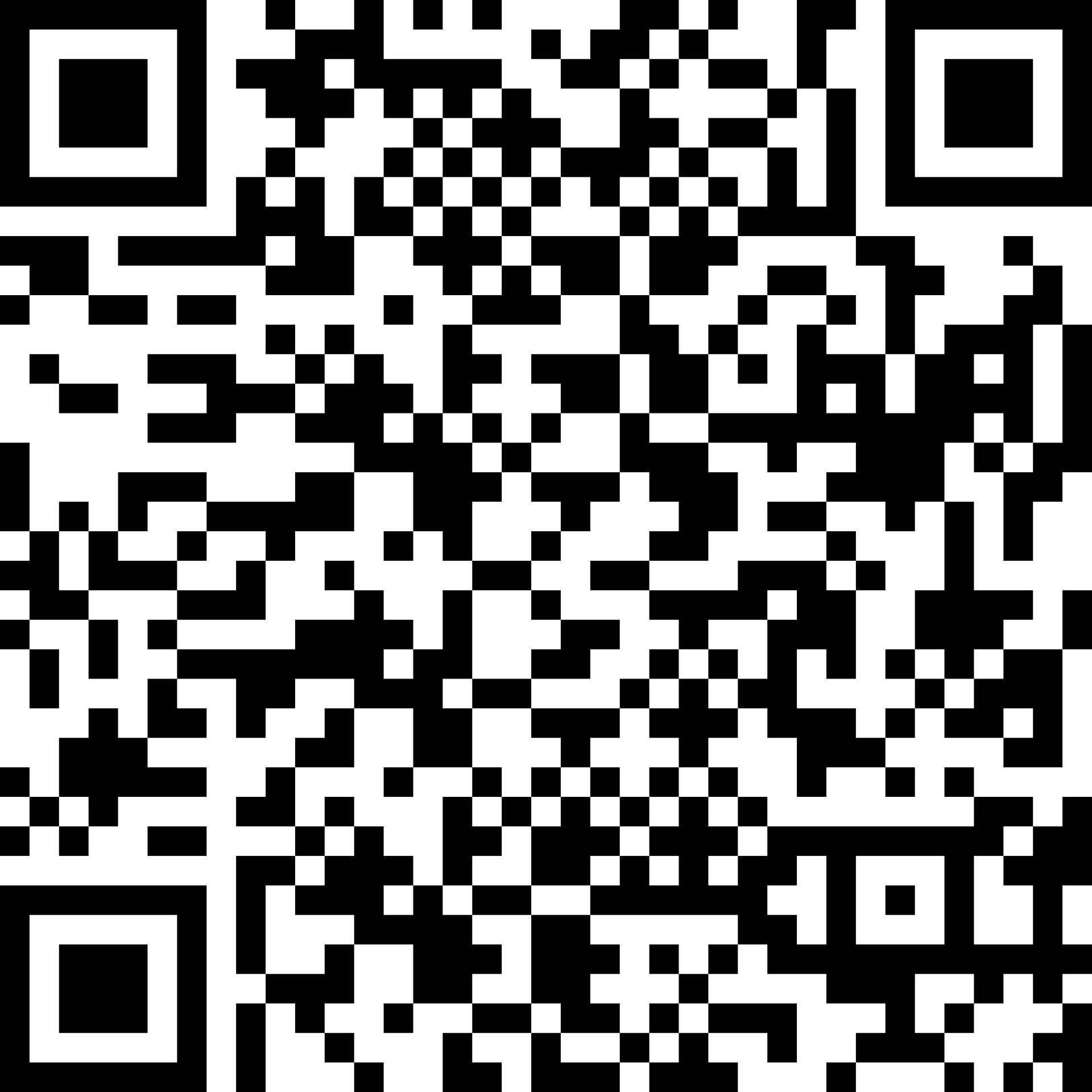When you’re running a small business, using an inventory management system based on barcode or QR code scanning will help you track products efficiently. In the past, most products carried barcodes to identify them. But more and more businesses are using QR codes instead.
Are you aware of the difference between barcodes and QR codes and how they work?
In this article, we take a brief look at barcode vs. QR code scanning so you can decide which one is better suited to your business.
What’s a Barcode?
First used 50 years ago, a barcode is a code consisting of bars and spaces of different widths used to label products. What does a barcode do? Barcodes are generated to be machine-readable item number that links to text information about a product, including the price, size, and manufacturing date.
Barcodes are widespread throughout retail. Consumers are familiar with seeing barcodes scanned at the checkout counter in a store. A barcode allows businesses to automate their product tracking, rather than having to use manual processes to record all inventory movements.
A basic barcode is one-dimensional (1D) and is read horizontally. A two-dimensional (2D) barcode uses squares, dots, and other shapes to encode data vertically as well as horizontally. That allows it to hold more data. As well as letters and numbers, 2D barcodes can contain images, website URLs, and geolocation data.
Most 2D barcodes are more secure than 1D barcodes as they encrypt the data they contain. What is the difference between a 2D barcode vs QR code?
What’s a QR Code?
A quick-response (QR) code is a form of two-dimensional barcode. QR codes were developed as a way to store more information than a basic 1D barcode can hold. While a 1D barcode can store dozens of characters, a QR code can store more than a thousand.
QR codes are becoming increasingly popular for marketing as well as tracking inventory. In the past, QR code scanners were more expensive than standard barcode readers.
But the newest smartphones have built-in QR code readers, allowing brands to make use of QR codes in advertising campaigns and on product packaging. They can take customers to a website or show them images with further information about the product.
One of the QR code benefits is that they are easier to scan. A 1D barcode scanner is unable to scan a 2D barcode but a C# barcode scanner can read QR codes as well as 1D barcodes. A scanner can read a QR code from any direction, whereas it can only read a 1D barcode straight on.
Like other 2D barcodes, QR codes also have four layers of error detection, so that a scanner can still read them even if the label is damaged or dirty.
Choosing a Barcode vs. QR Code
Whether you use a barcode vs. QR code for your business will depend on how much information you need to store about your inventory. Analyzing your product requirements and the type of barcode scanner you’ll use will help you decide.
If you’re looking to store an ID number or connect to a database for inventory management, a barcode is sufficient. But if you want to store more detailed information, or run marketing campaigns, you can use a QR code.
Did you like this article? Then check out the business section of our blog for more tips on how technology can increase productivity and efficiency.

